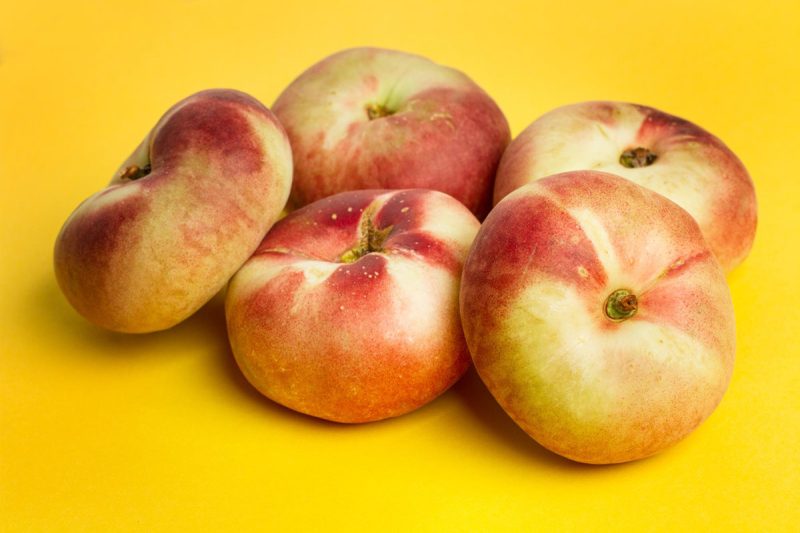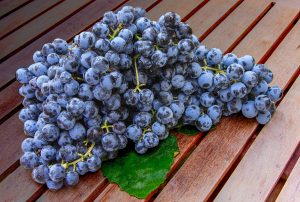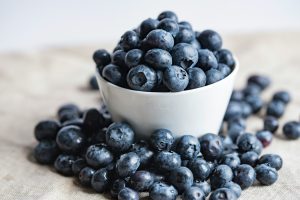Although the early and extra-early stone fruit varieties have good business opportunities linked to them, the damages by the possible risk of frosts “should make farmers think as to whether their production, with the arrival of climate change, could be at breaking point,” several researchers from the CEBAS-CSIC comment.
And, accordingly, “the importance of data becomes vital and essential. It could be a real drama to plant varieties which, due to lack of knowledge, could flower in January and suffer from frosts year after year.”
Goal: new varieties
The increase in temperatures and shorter winters are forcing a commitment that has not yet been resolved, although this is on the way, towards stone fruit varieties that adapt to the new climate reality.
The rise in temperatures as a result of climate change projects an uncertain future for stone fruit. The fewer hours of cold weather, necessary to obtain a correct vegetative development of the plant and a good harvest, are presenting a new adaptation scenario to different fruit tree varieties, better adapted to the future situation, in which abnormally high temperatures occur during the winter or unexpected frosts when they should not happen.
Sources at CEBAS-CSIC, assured Fruit Today magazine that “a renewal or change to varieties that are better adapted to the lack of cold weather is already being observed. However, there are many districts in the Vega Media and Vega Alta, as well as on the coast, where fruit tree typologies with high cold weather requirements have been grown. The most immediate and direct result of this situation, in which an average temperature increase of between 3 and 4 degrees is expected, is translated into delays or advances in the flowering phase, dropping of the buds, an imbalance in the plants’ growth phases, lack of foliage or physiological disorders.
The important exposure to these meteorological upheavals cause important economic losses for the operators and, therefore, to the Region of Murcia.
The CEBAS is trying to identify the geographical areas that are suitable for growing the different varieties already existing in three differentiated zones: warm, medium or cold. And accordingly, work is being carried out to obtain a catalogue of crops that stand up to the lack of cold better.
Improved genetics is the key to partially resolving Mother Nature’s upheaval. After years of research, the scientific organism now has peaches and nectarines with low cold requirements.
However, it should be taken into account that the plantations are carried out with time horizons of 15 to 25 years, which is when the economic return from the investment occurs.
Increases in costs
The current season, in addition to being marked by the significant increase in production costs and the consequences of the drought on the trees, is also tinged by an important rise in agricultural insurance, with increasing premiums due to the climatic ups and downs.
For many producers the situation is becoming very complicated and some are debating the possibility of not continuing with the farms, sources from FECOAM (Federación de Cooperativas Agrarias de Murcia/Federation of Agricultural Cooperatives of Murcia) told this publication.
Along with all these problems, the drought situation in the fields is also affecting the farmers who have to water with a more expensive cubic metre of water and a very restrictive regulation regarding plant protection products and fertilisers, to which the increase in the minimum wage must also be added.




















